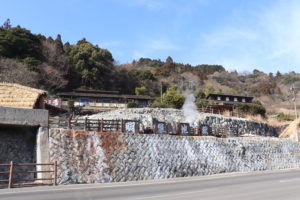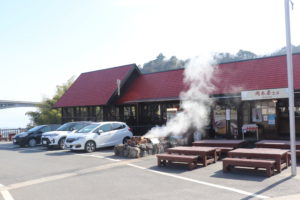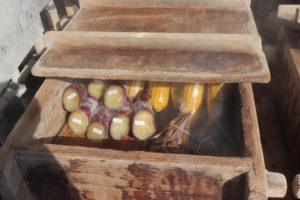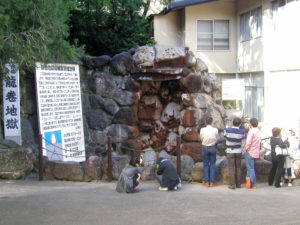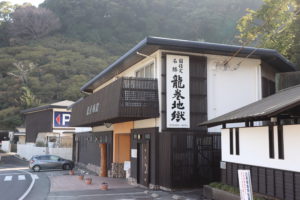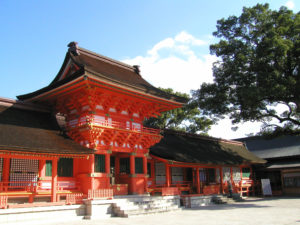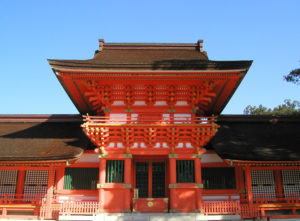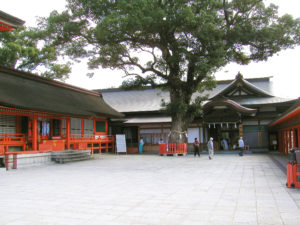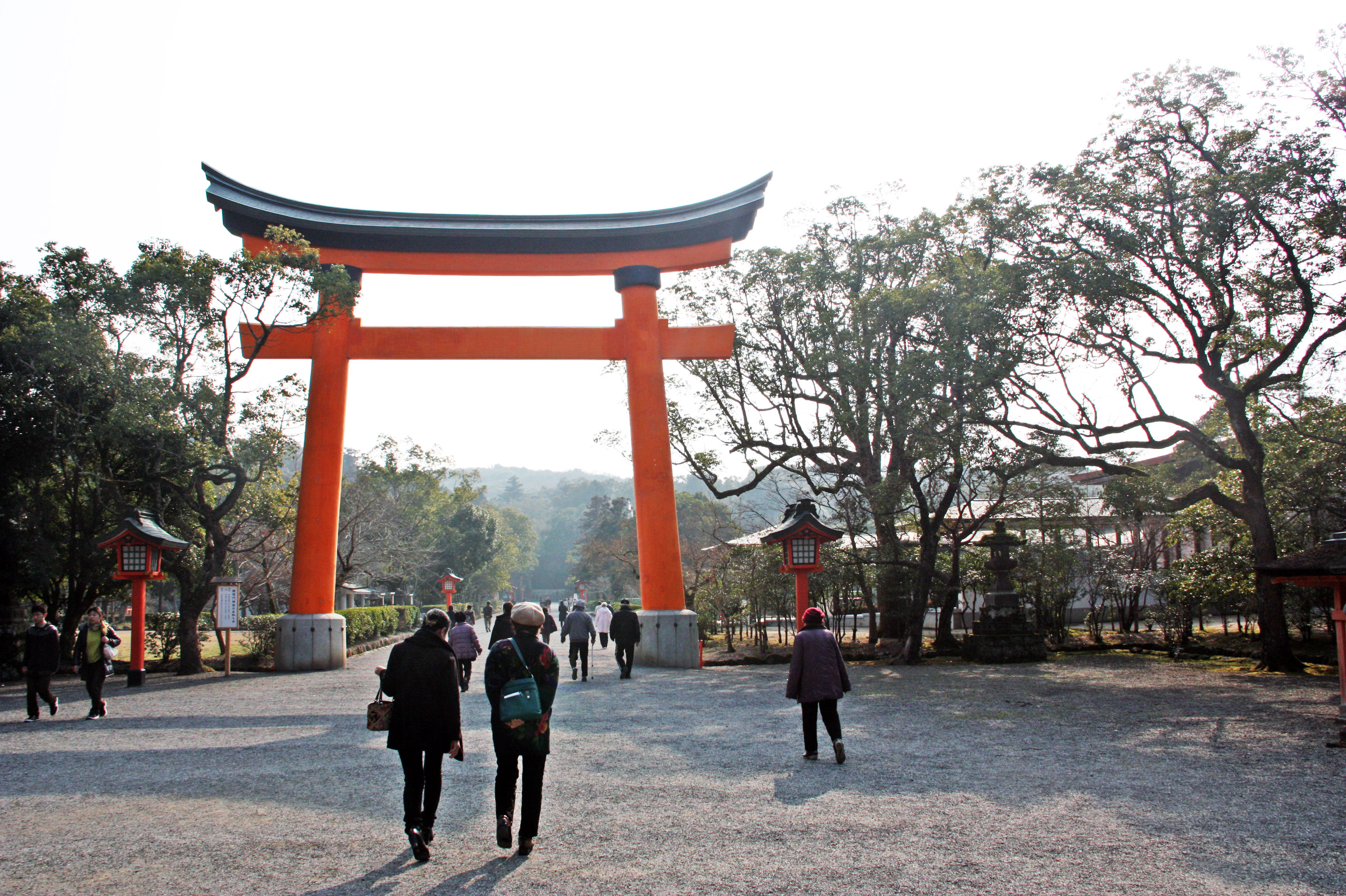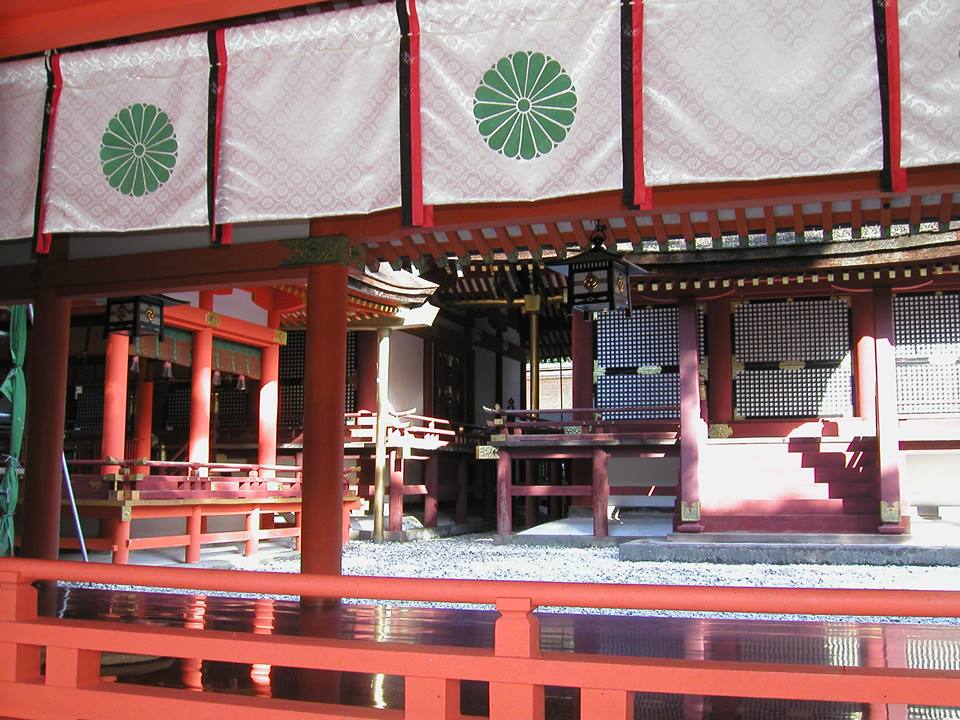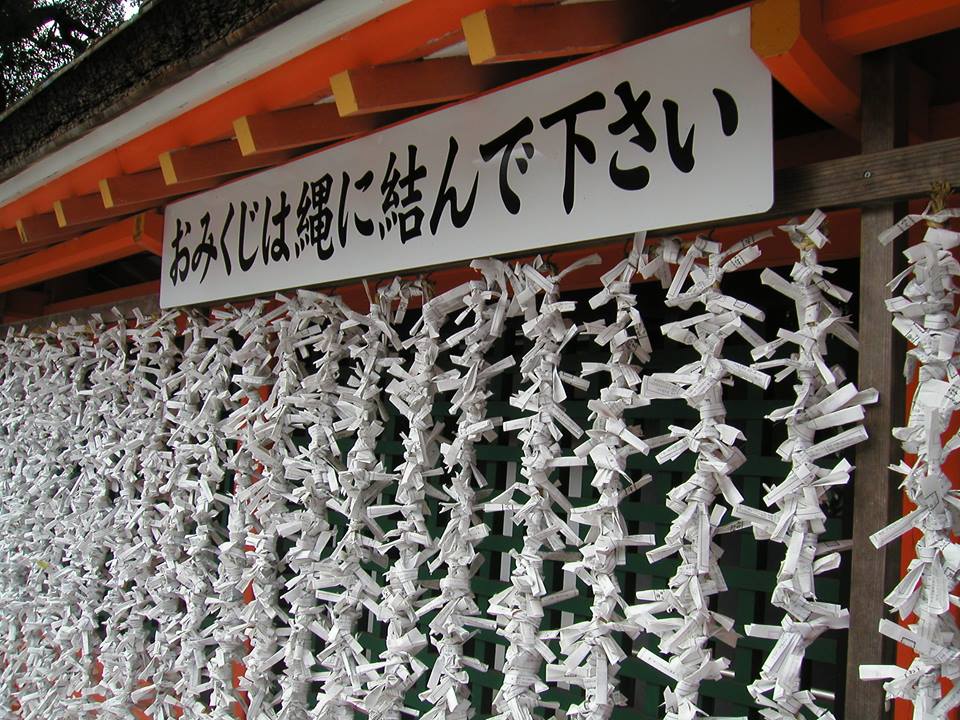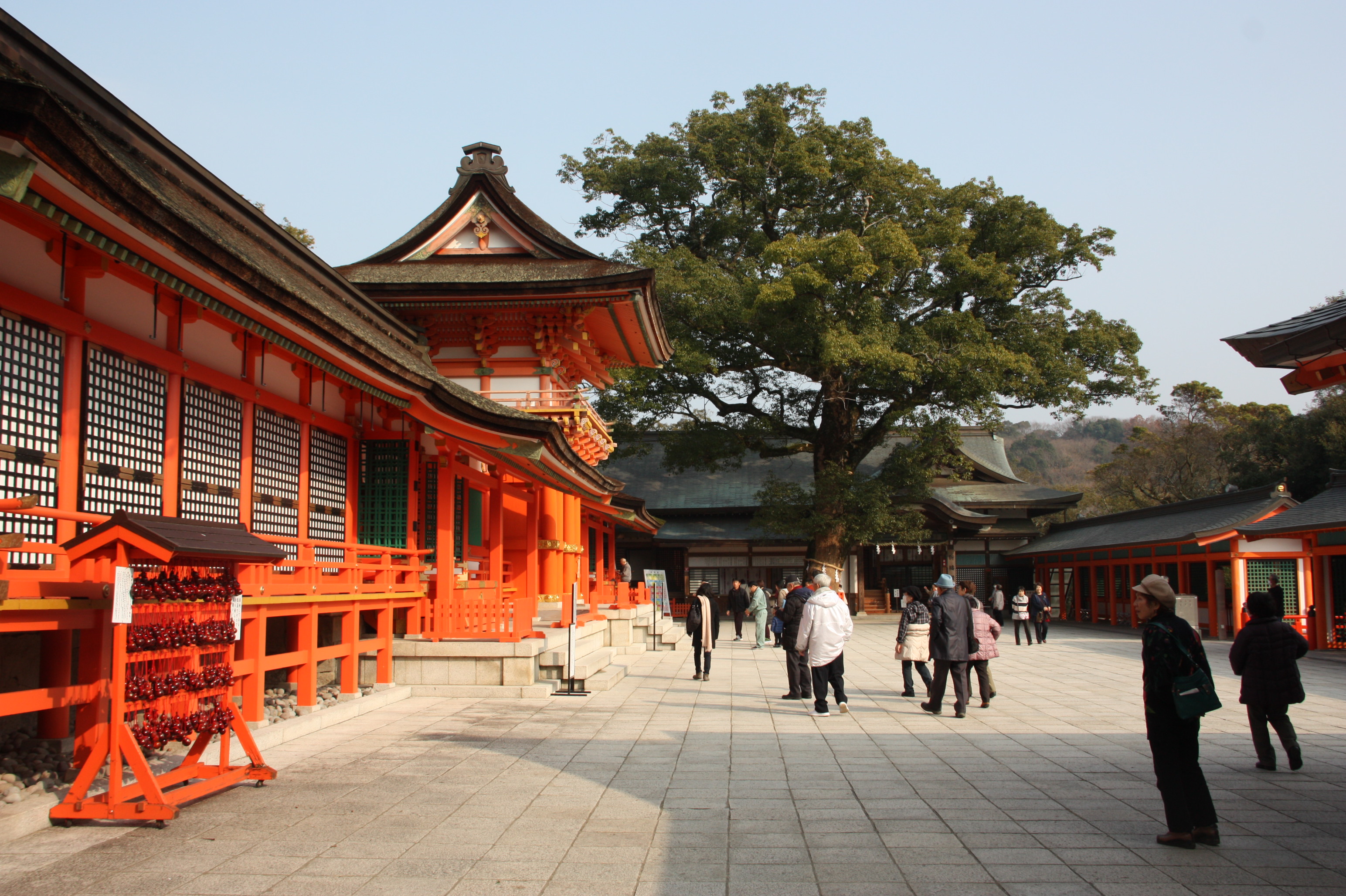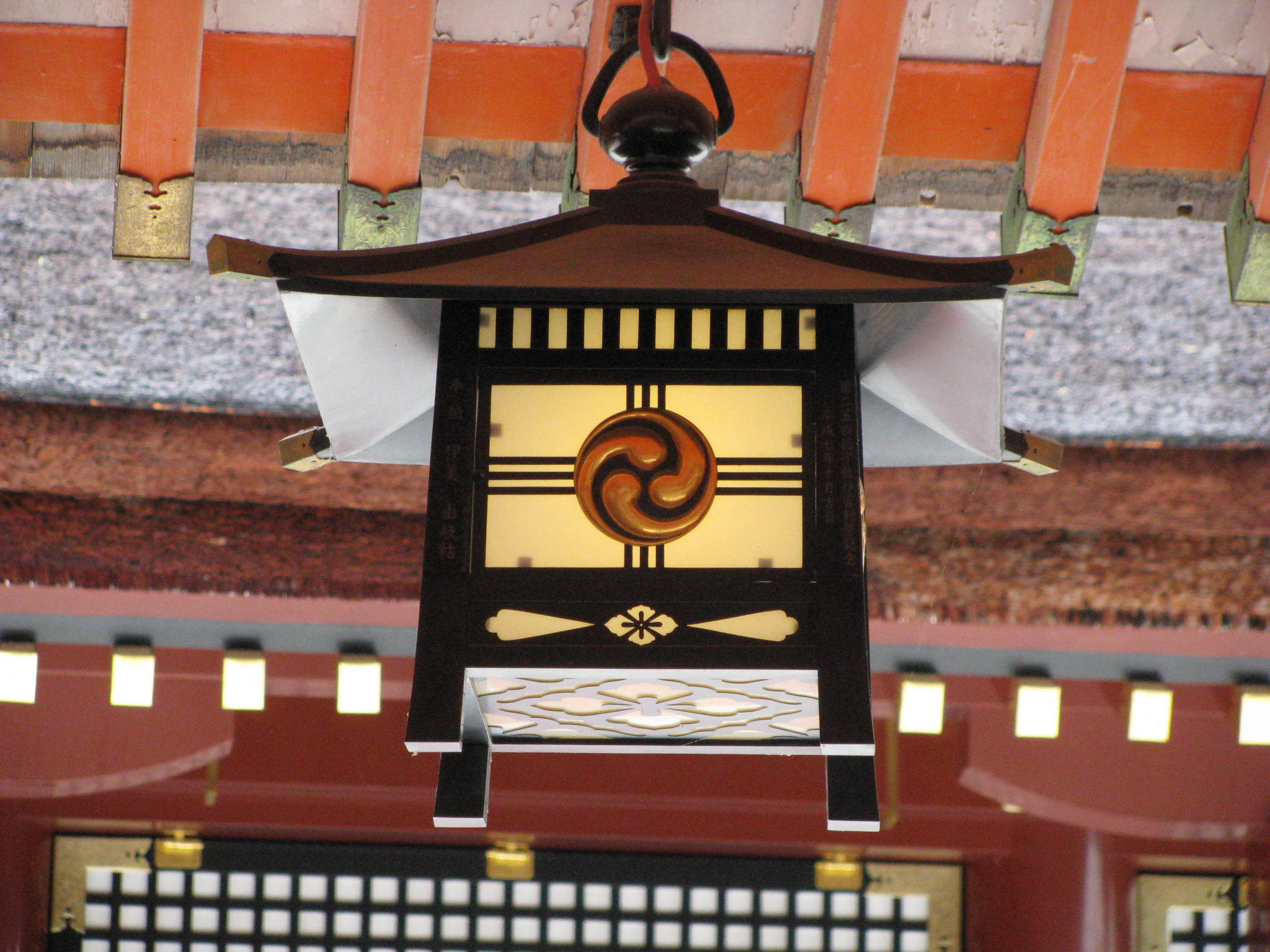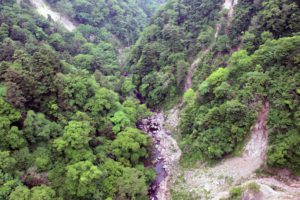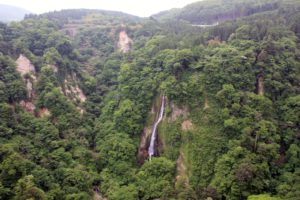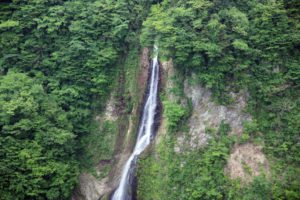Showano-machi, in Bungo-takada, Oita-prefecture
Time back Japan’s 60 years ago, one of worthwhile place to visit in Bungo-takada, Kunisaki
Peninsula, Oita-prefecture. The era that lasted till about 30 years ago in Japanese history,
Bungo-takada was the most prosperous in Kunisaki Peninsula for over 300 years from the
Edo period up to 1900.
Here remains various old structures and remnants of regional Japanese.
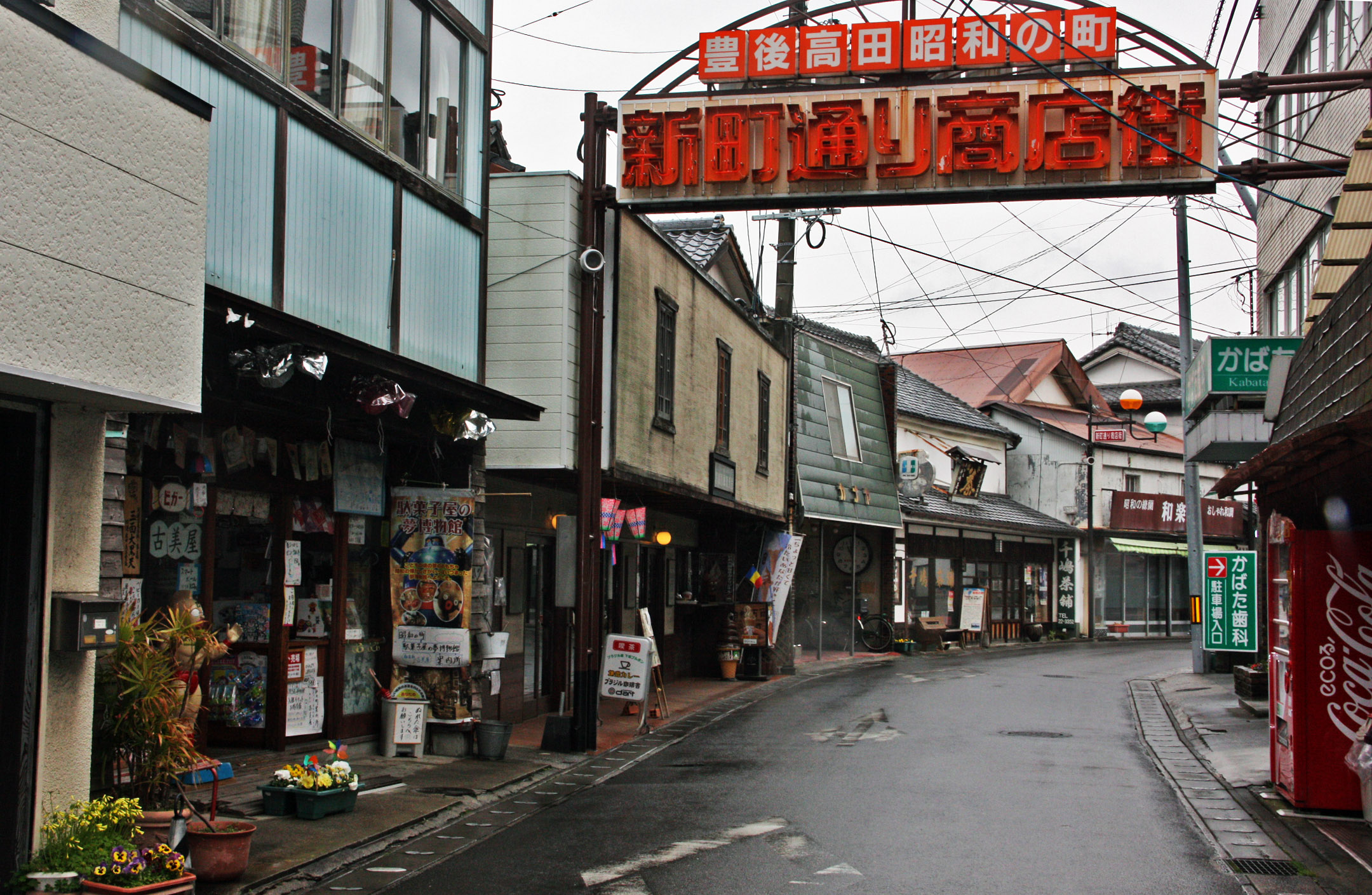 |
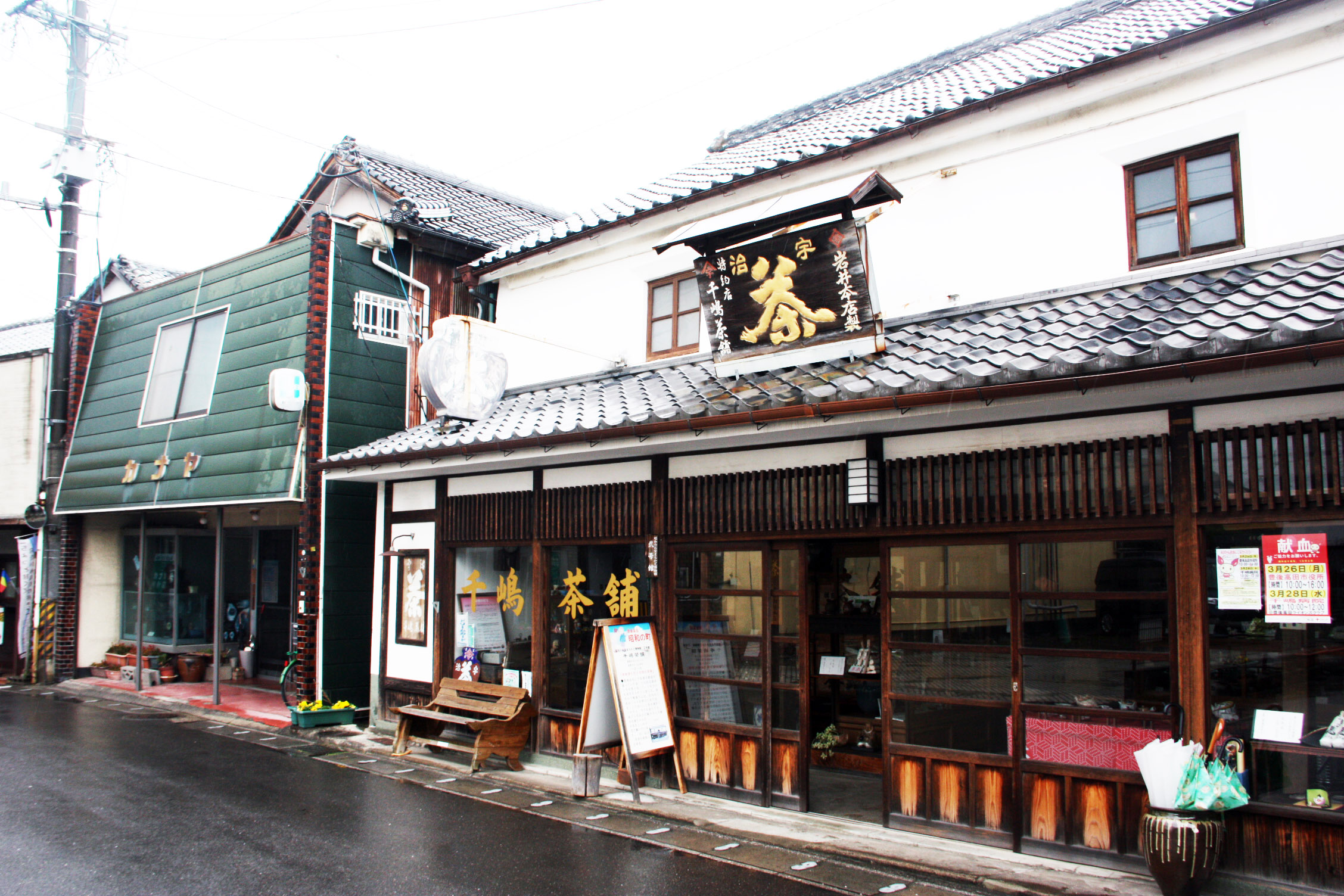 |
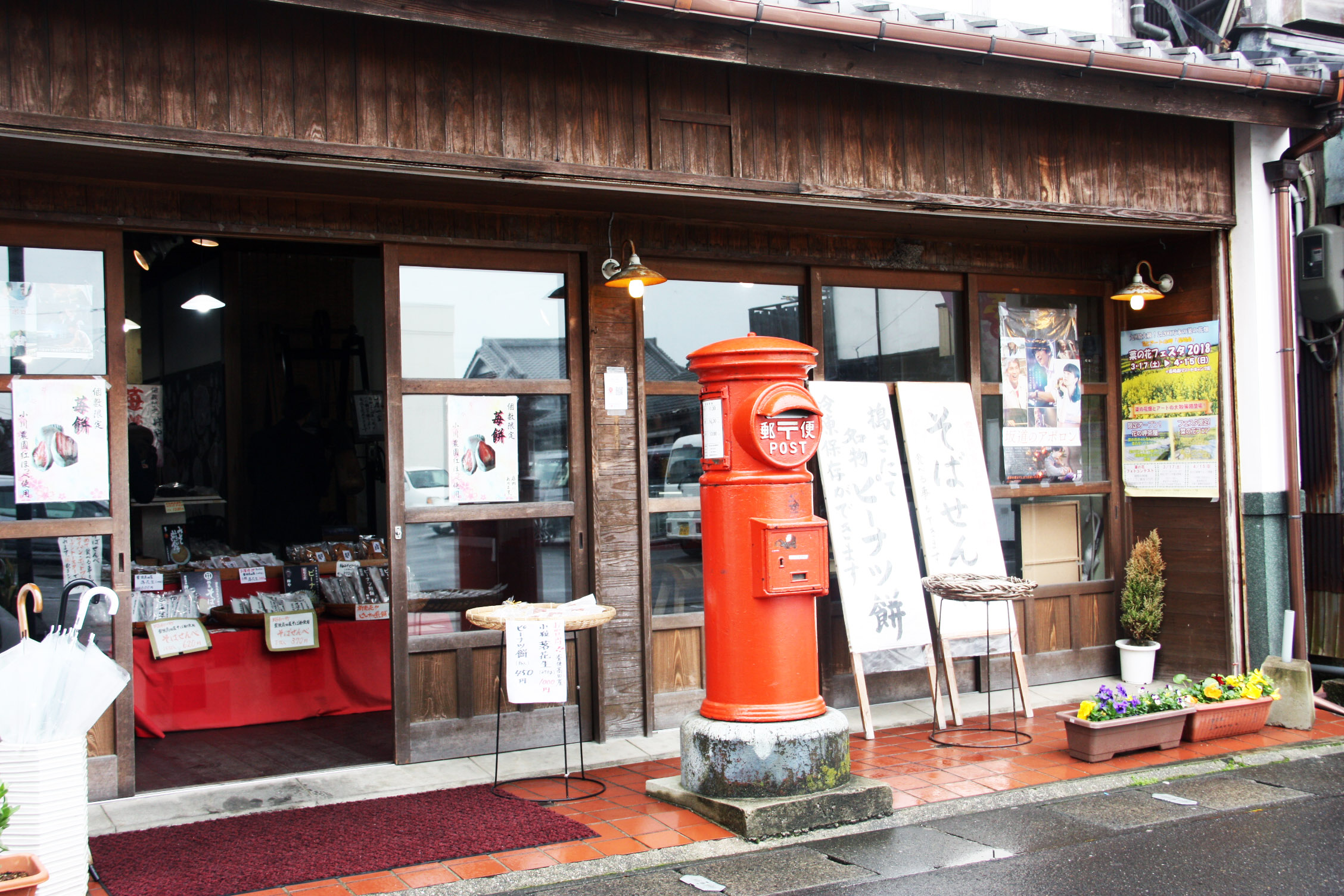 |
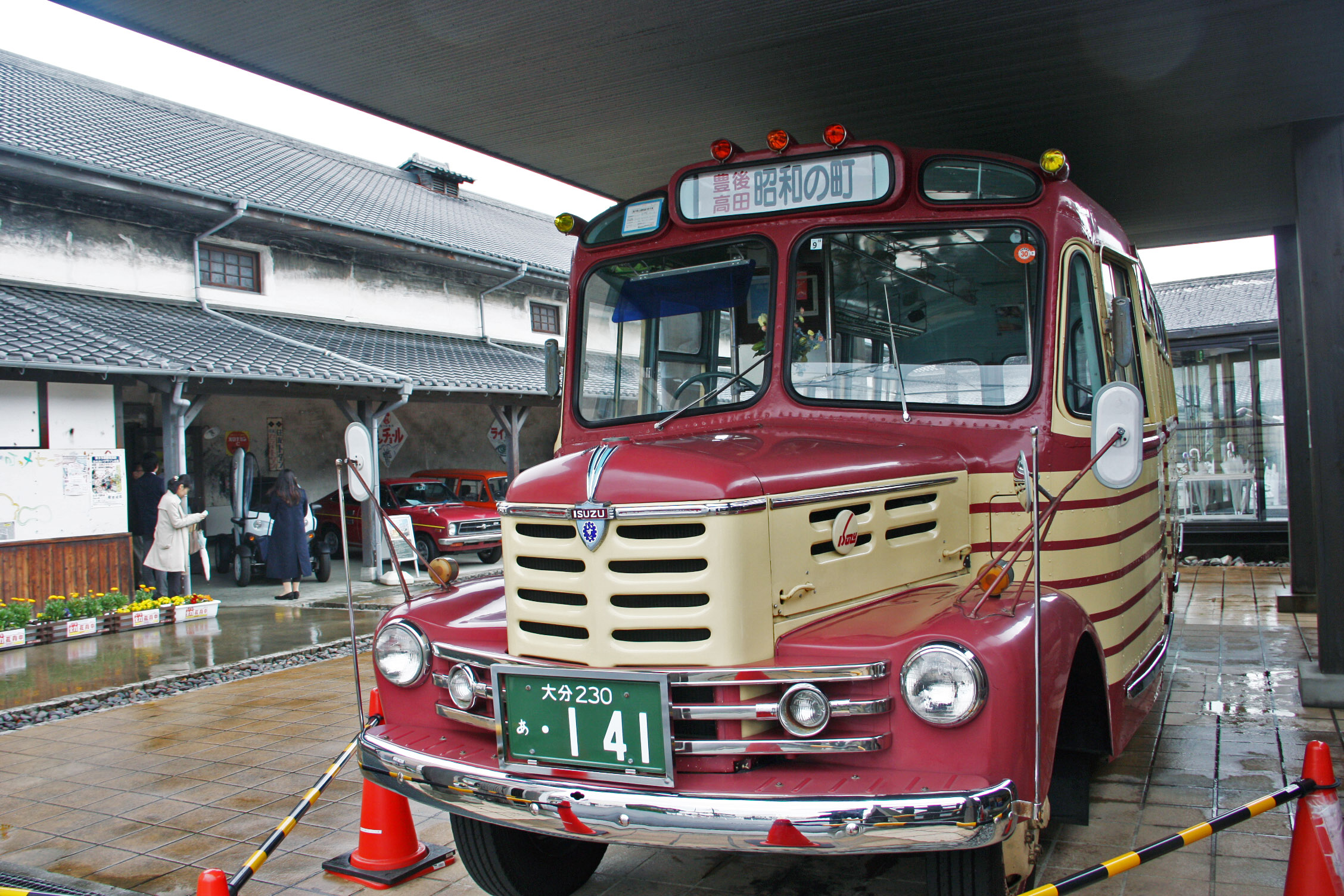 |
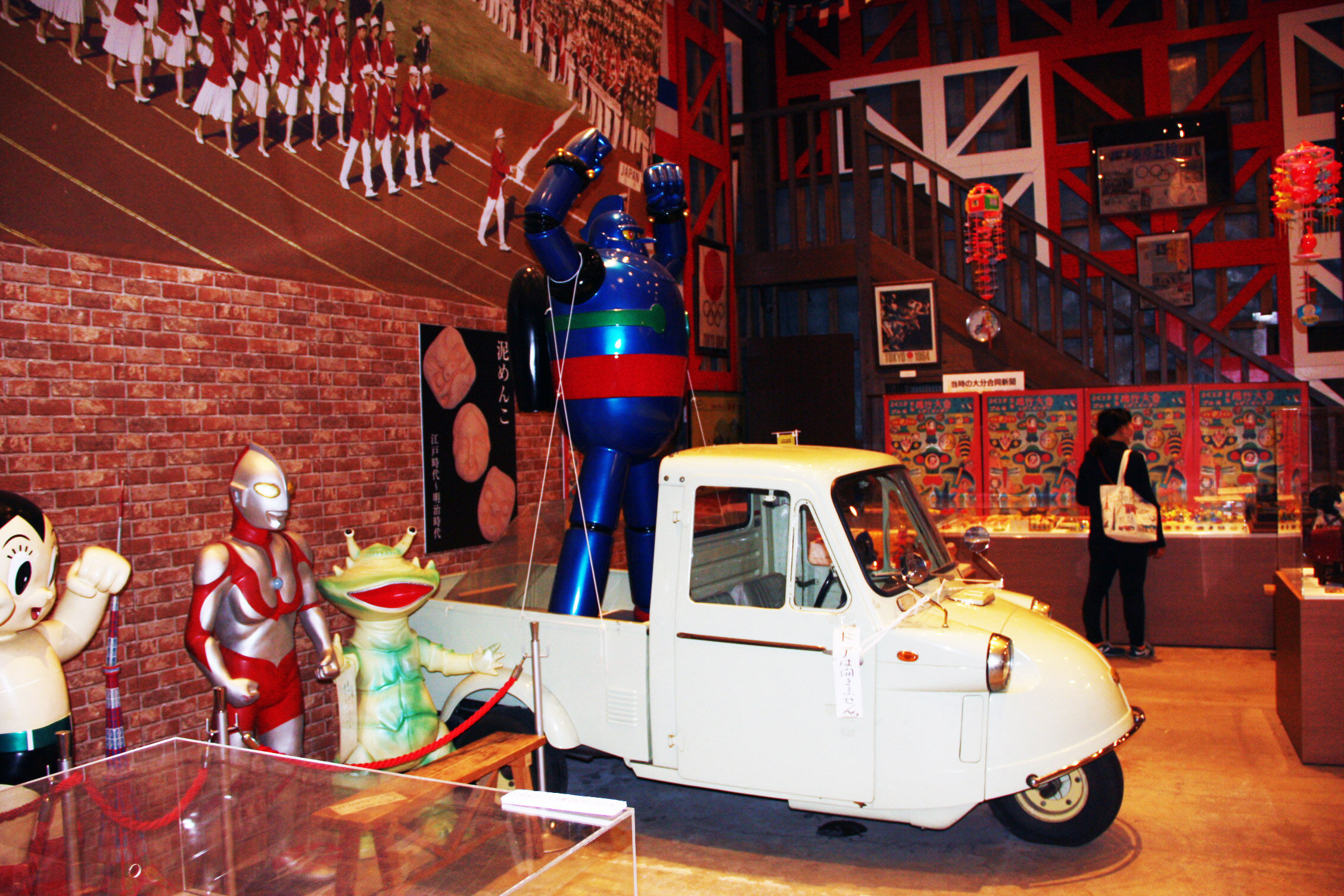 |
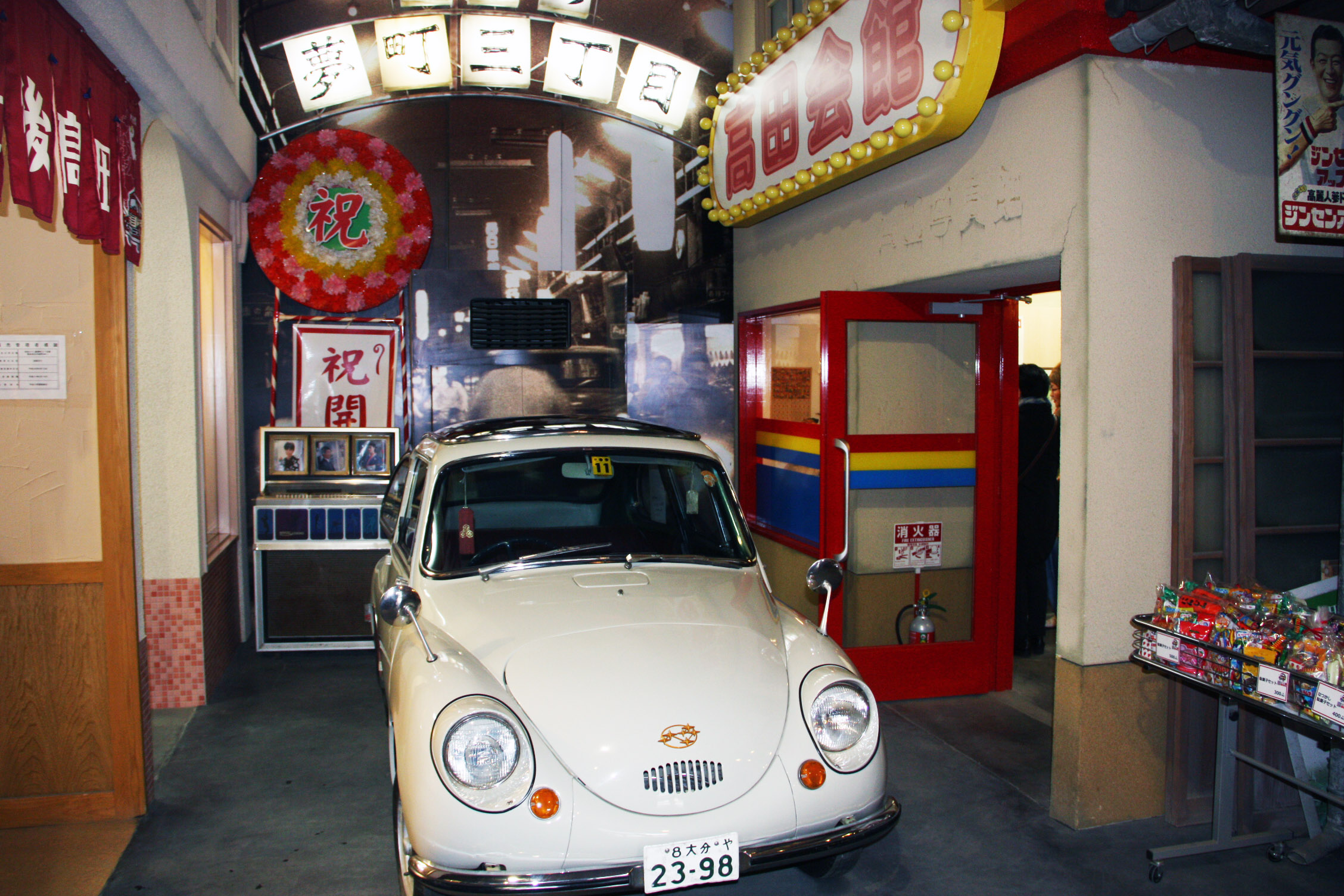 |
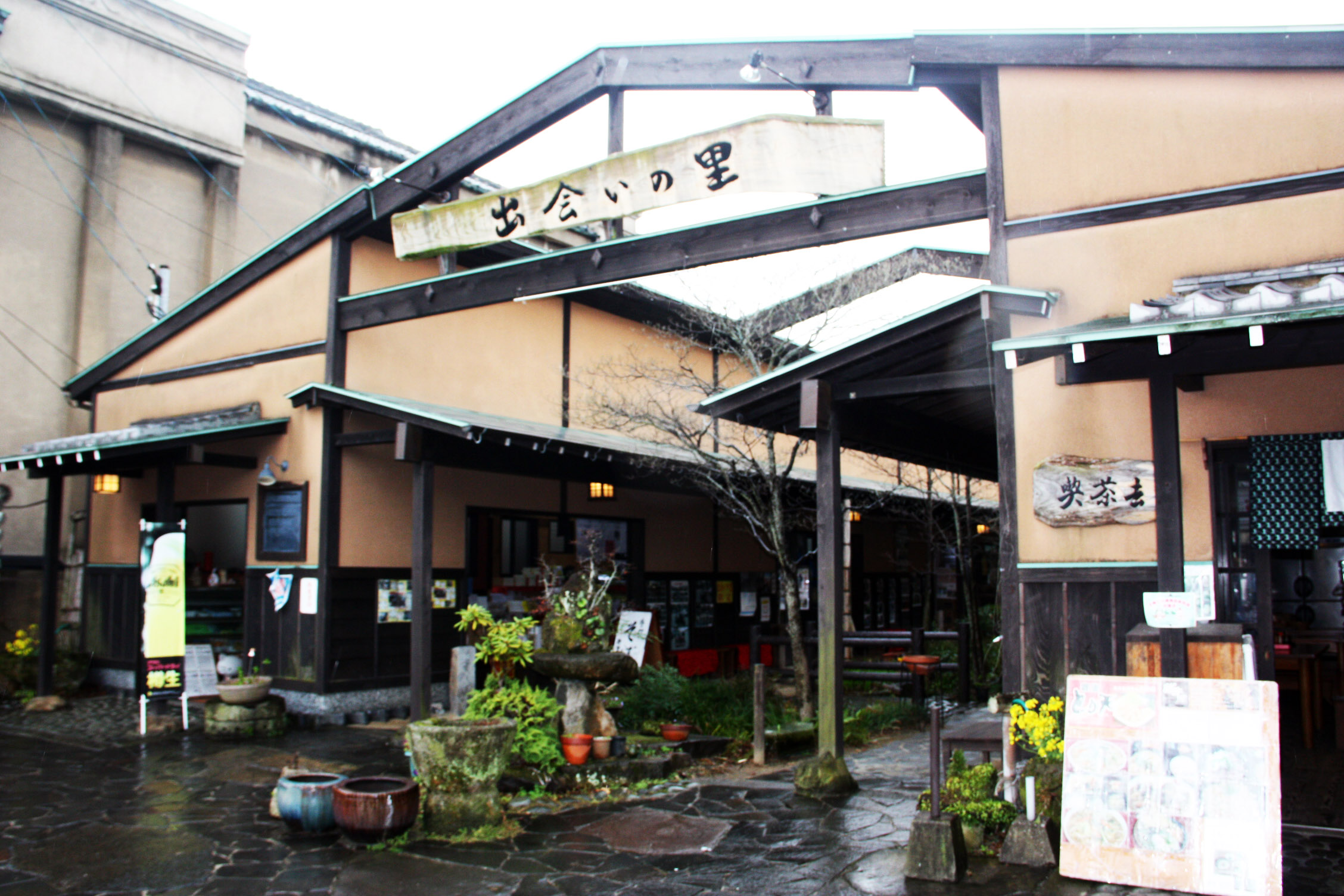 |
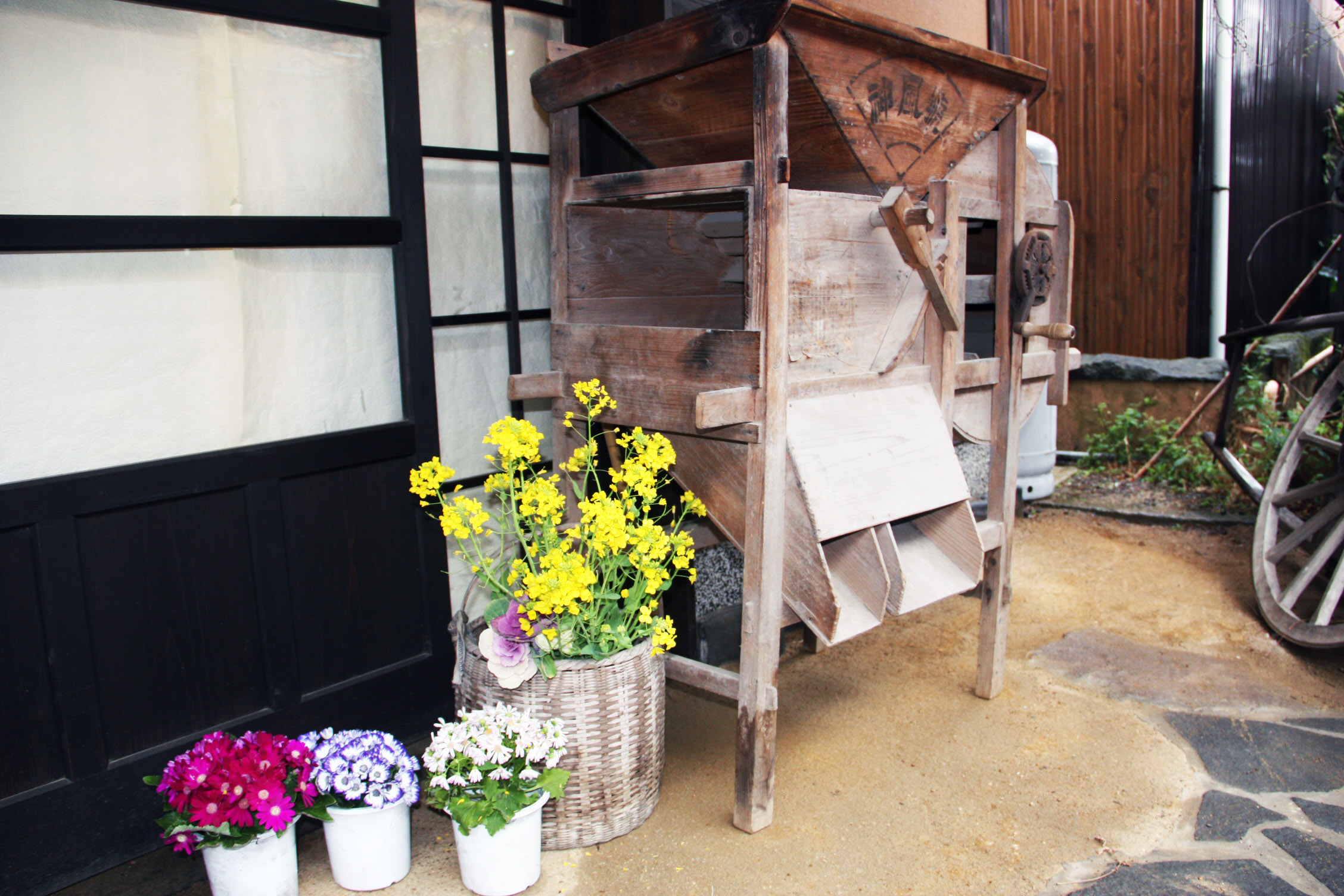 |
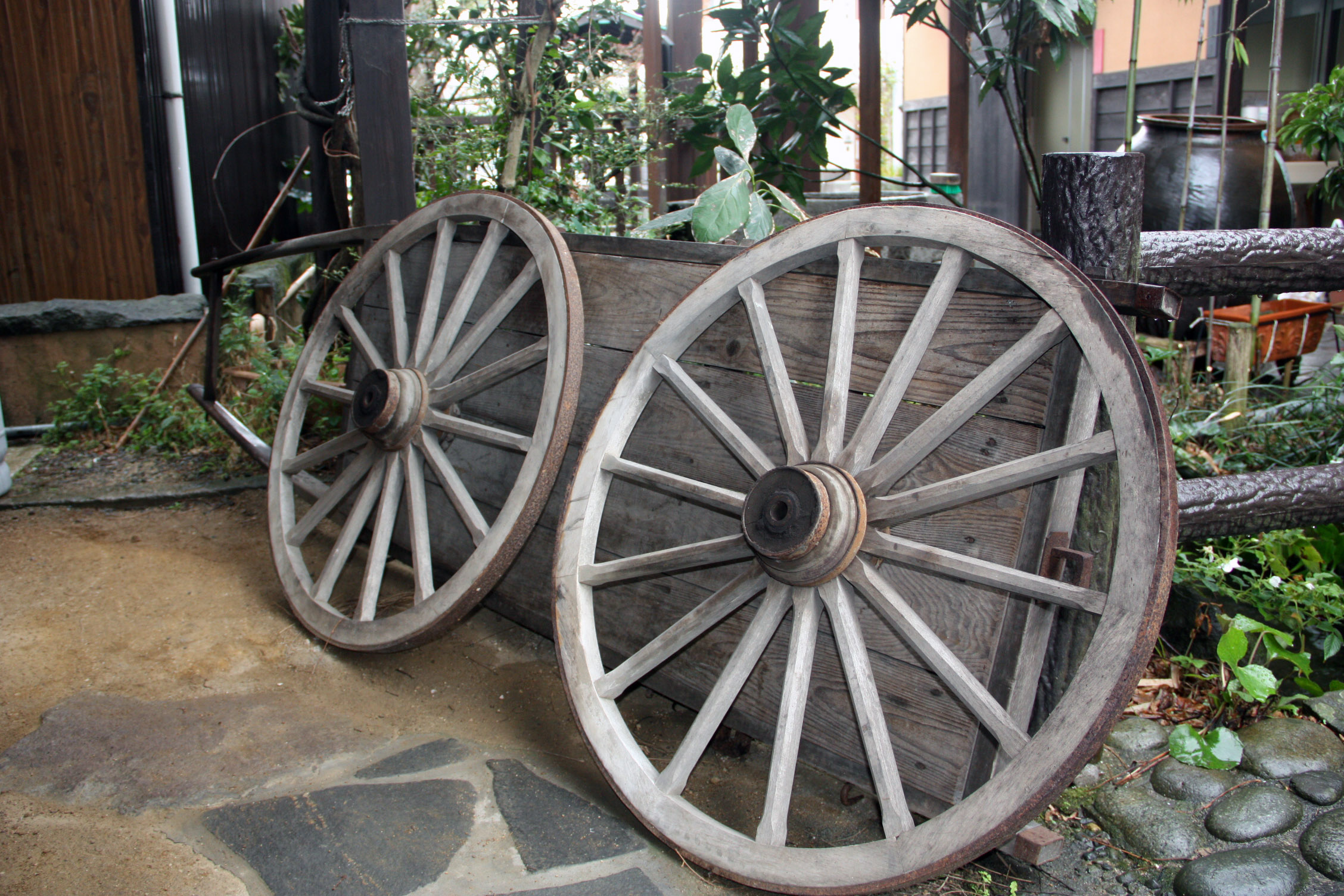 |
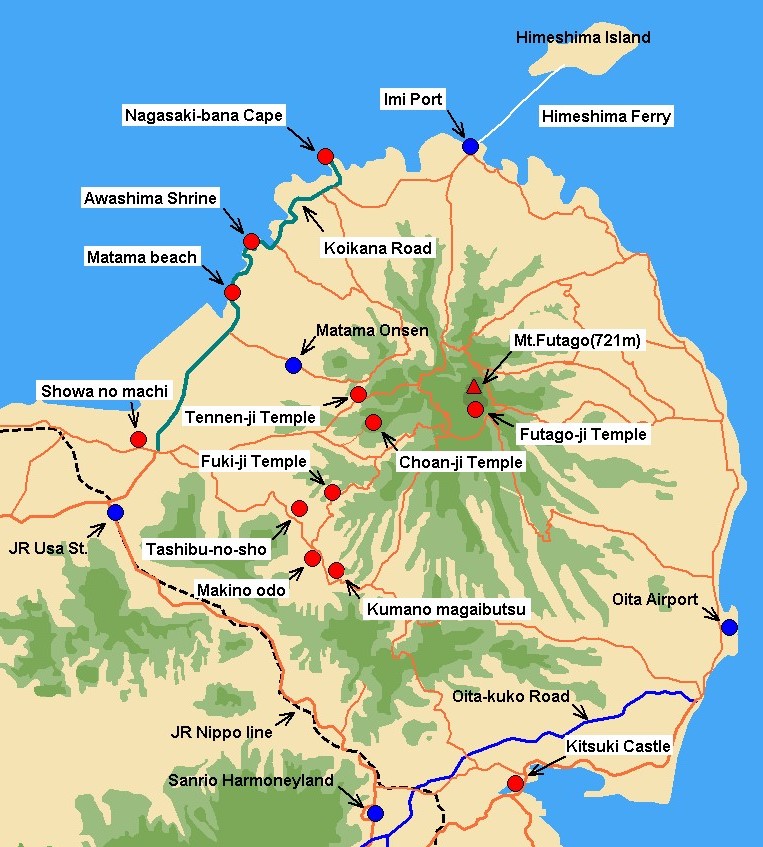
Oniishi Bozu-Jigoku exploring, in Beppu, Oita-prefecture
Oniishi Bozu-Jigoku is one of the excitng Hell tour, located next to Umi-jigoku.
This jigoku is first mentioned in bungo fudoki historical document from the year 733.
The name “Oniishi” is taken from the name of the location, and “bozu jigoku” after
the grey-colored bubbles which emerge from boiling mud pools and resemble
the shaven heads of monks.
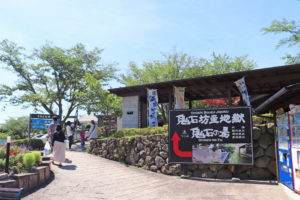 |
 |
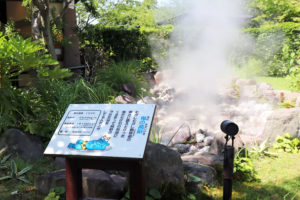 |
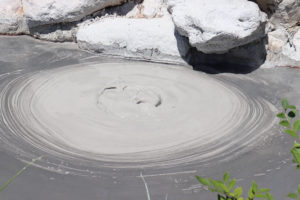 |
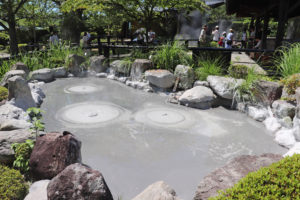 |
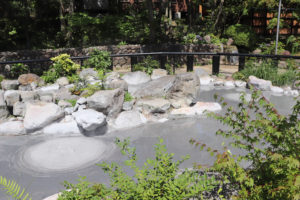 |
 |
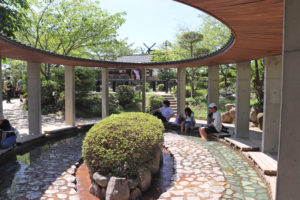 |
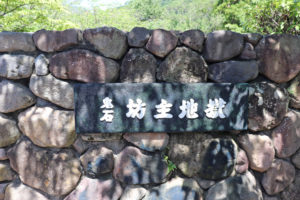 |
Chinoike-Jigoku exploring, in Beppu, Oita-prefecture
The site is located at Shibasaki district next to Tatsumaki-Jigoku.
The literal meaning of chinoike is blood-coloured pond.
The clay is steaming hot point that the steam is red. Japan’s oldest natural
Jigoku as written about in the Bungo Topography described as Akayusen, a reddish
hot spring.
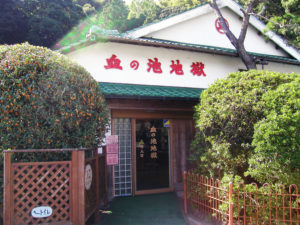 |
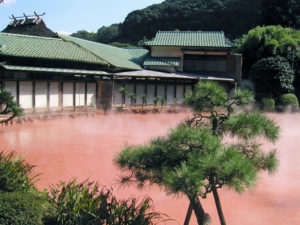 |
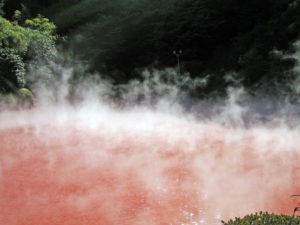 |
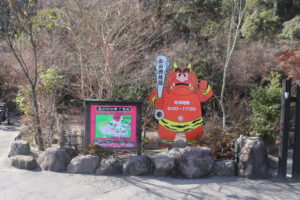 |
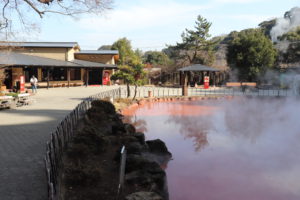 |
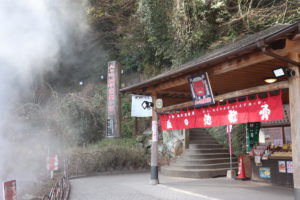 |
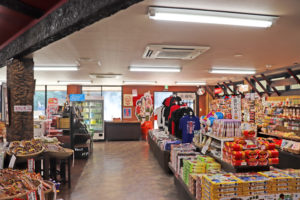 |
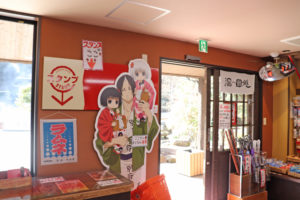 |
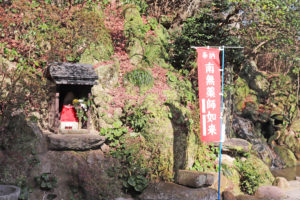 |
Beppu Onsen down town, in Oita-prefecture
Beppu is one of the most famous Onsen resort in Japan. Beppu Onsen resort is located on a slope
from mount Tsurumi to facing Beppu Bay where onsen steam rising from any places.
Boasting more than 2,800 hot spring sources and flowing rate of nearly 137,000 kiloliters per day,
Beppu is considered a paradise of hot springs famous for high therapeutic effects.
One of the most visiting place to wander about is the down town around JR Beppu Station
where you can find a lot of Japanese culture what you near seen and felt before.
Public Onsen facilities, shoppes, restaurants, cafes and bars.
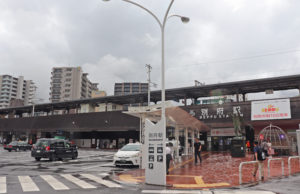 |
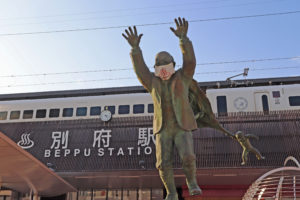 |
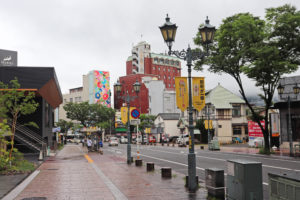 |
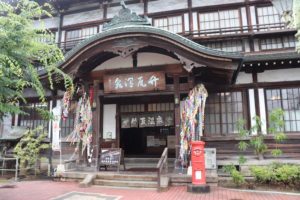 |
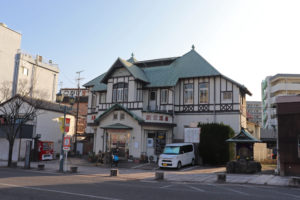 |
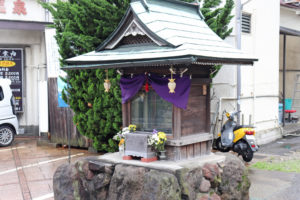 |
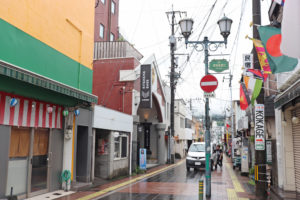 |
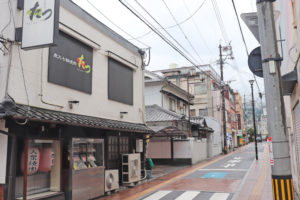 |
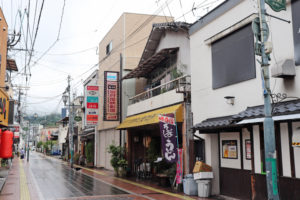 |
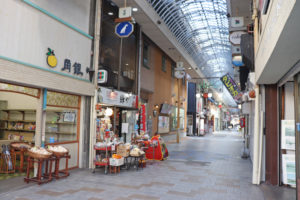 |
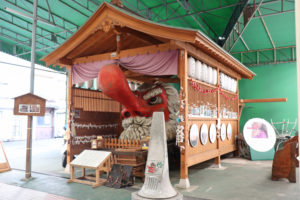 |
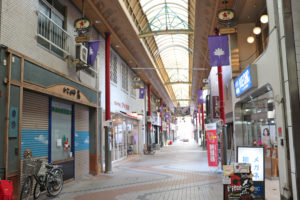 |
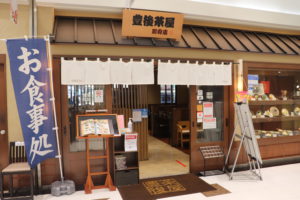 |
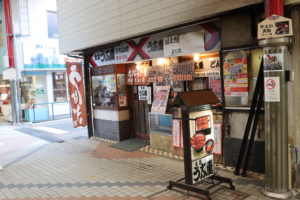 |
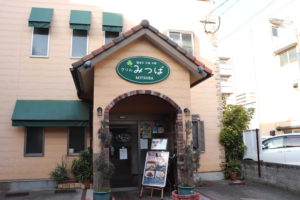 |
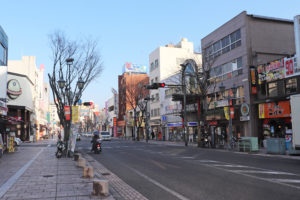 |
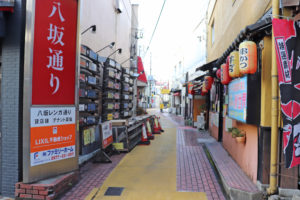 |
 |
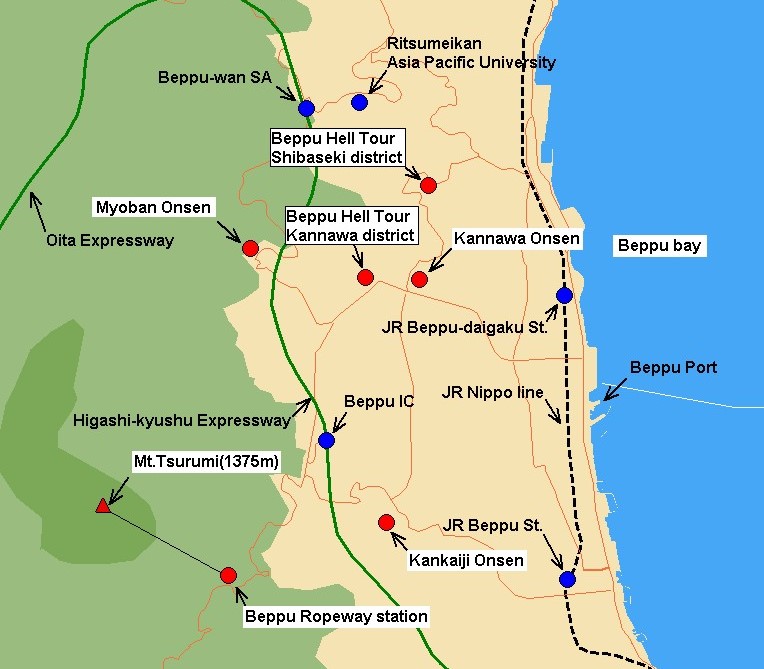
Umi-Jigoku exploring, in Beppu, Oita-prefecture
Umi-Jigoku is the most excitng Hell tour
Sea Hell, it resemble of sea, this 200 metre deep, cobalt blue pond of boiling water
emerge 1200 years ago after a volcano explosion.
 |
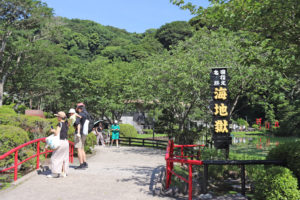 |
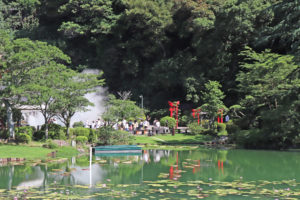 |
 |
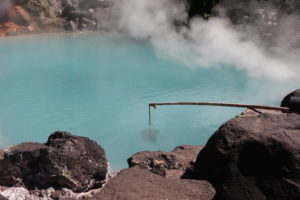 |
 |
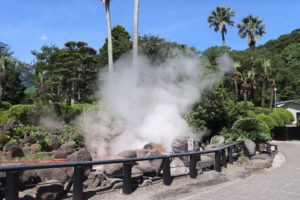 |
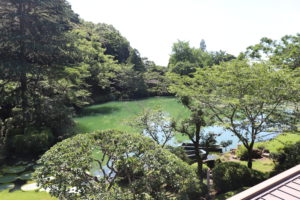 |
 |
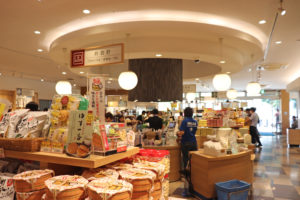 |
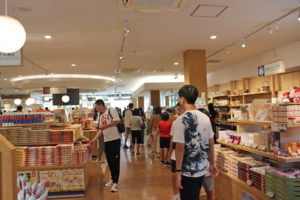 |
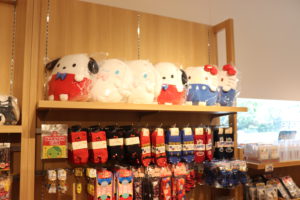 |
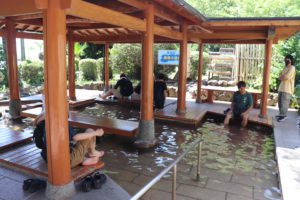 |
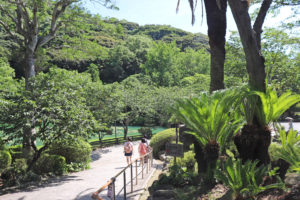 |
 |
Myoban onsen, in Beppu, Oita-prefecture
Myoban onsen located in Beppu, where the Yunohana or Alum have been collected
since more than 200 years ago. Myoban means Alum in Japanese.
Myoban is a geothermal area located at an altitude of 400 metre at the middle
Garan mountain and a little away from the center of Beppu.
Yunohana koya or Alum hut with the straw roof which is the Alum collecting facility
can be visited.
|
|
|
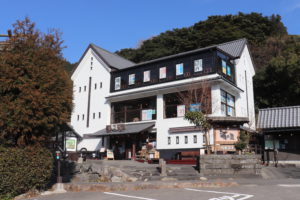 |
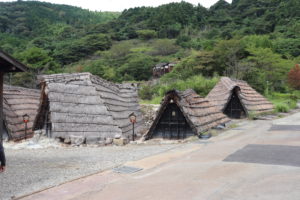 |
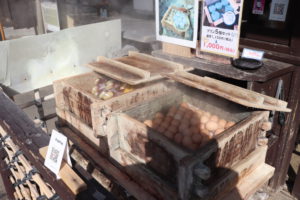 |
|
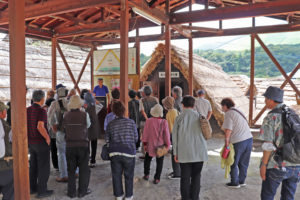 |
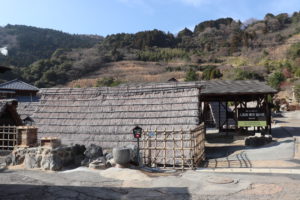 |
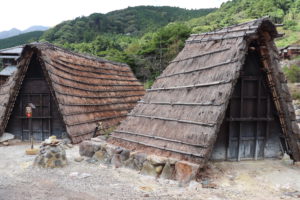 |
Tatsumaki-Jigoku exploring, in Beppu, Oita-prefecture
Tatsumaki-Jigoku is located at Shibaseki district next to Chinoike-jigoku.
|
|
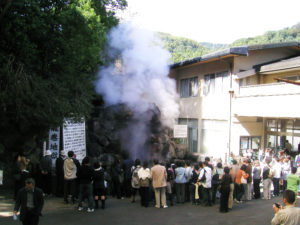 |
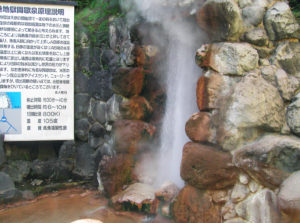 |
|
|
 |
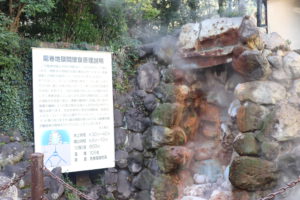 |
|
|
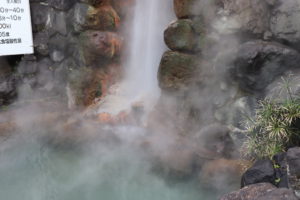 |
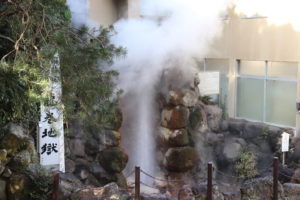 |
Usa shrine, in Oita-prefecture
Usa shrine is located in Usa, Oita-prefecture.
One of the most beautiful Shrine in Japan, the head shrine of Hachiman Shrine that is
composed 44,000 shrines that dedicated to the Hachiman Deity.
|
|
|
|
|
|
|
|
|
|
|
|
|
|
|
|
|
|
|
|
|
|
|
|
Yunotsubo avenue, in Yufuin, Oita-prefecture
Main street in Yufuin located at the foot of mount Yufu. The avenue is started near JR Yufuin
Station and connected to Kinrinko lake. Through Yunotsubo Avenue, it takes about 30 minutes
on foot from JR Yufuin Station to Kinrinko lake.
There are 70 shops, gift shop, galleries, curiosity item shops as well as cafes.
Along the Oita River, which is one street away, it is a recommended walking spot where
you can enjoy the seasonal scenery, and you can find a tranquil atmosphere of Yufuin.
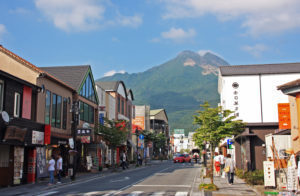 |
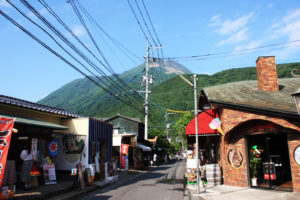 |
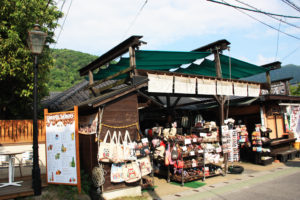 |
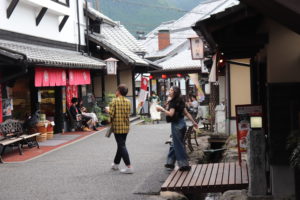 |
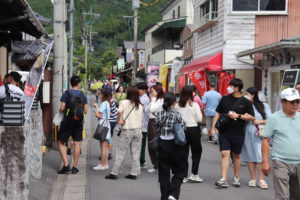 |
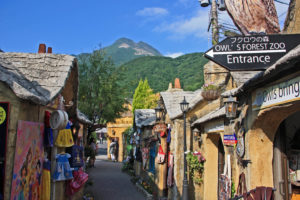 |
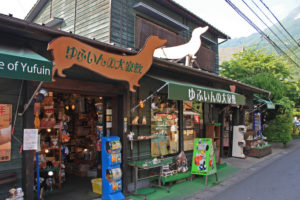 |
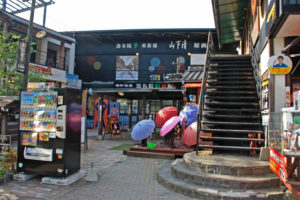 |
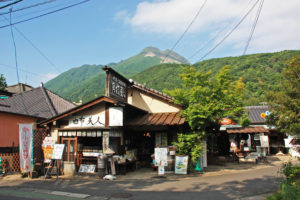 |
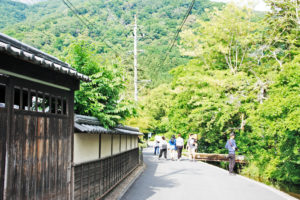 |
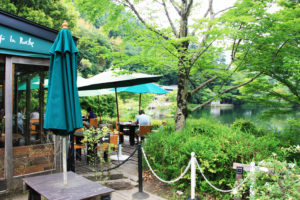 |
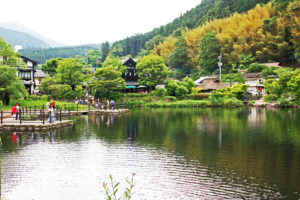 |
Kokonoe Yume Otsurihashi, in Oita-prefecture
The longest pedestrian suspension bridge in Japan the 2nd longest in the World. Splendid
and beautiful view from the thrilling suspension bridge over the Naruko river valley.
The bridge is located in Kokonoe near Yufuin.
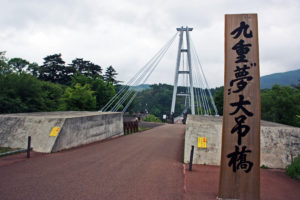 |
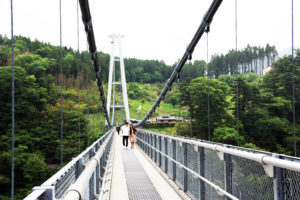 |
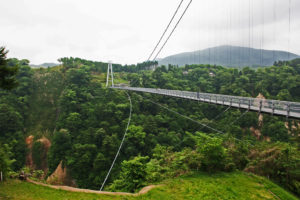 |
390 metre long, 173 metre height from the Naruko River valley.
|
Naruko River Valley south |
Naruko River Valley north |
Shindo Watefall |

